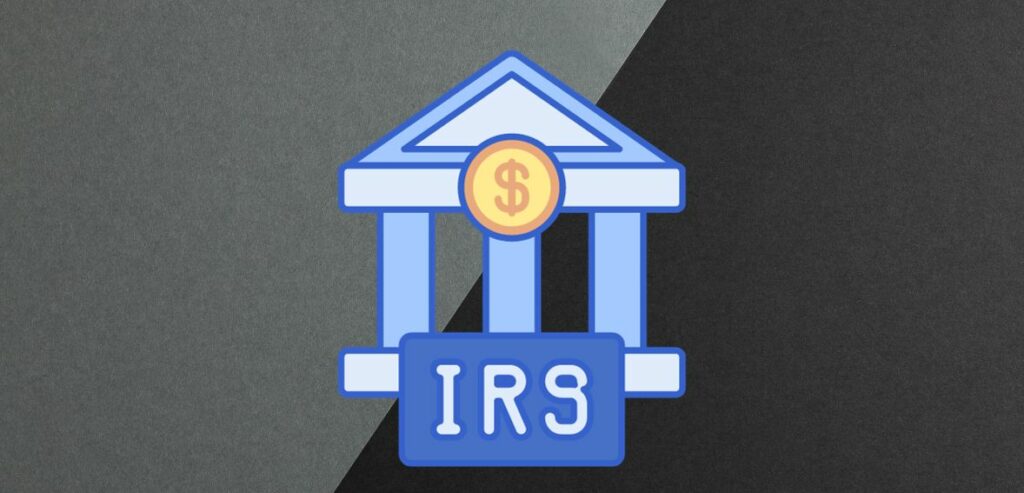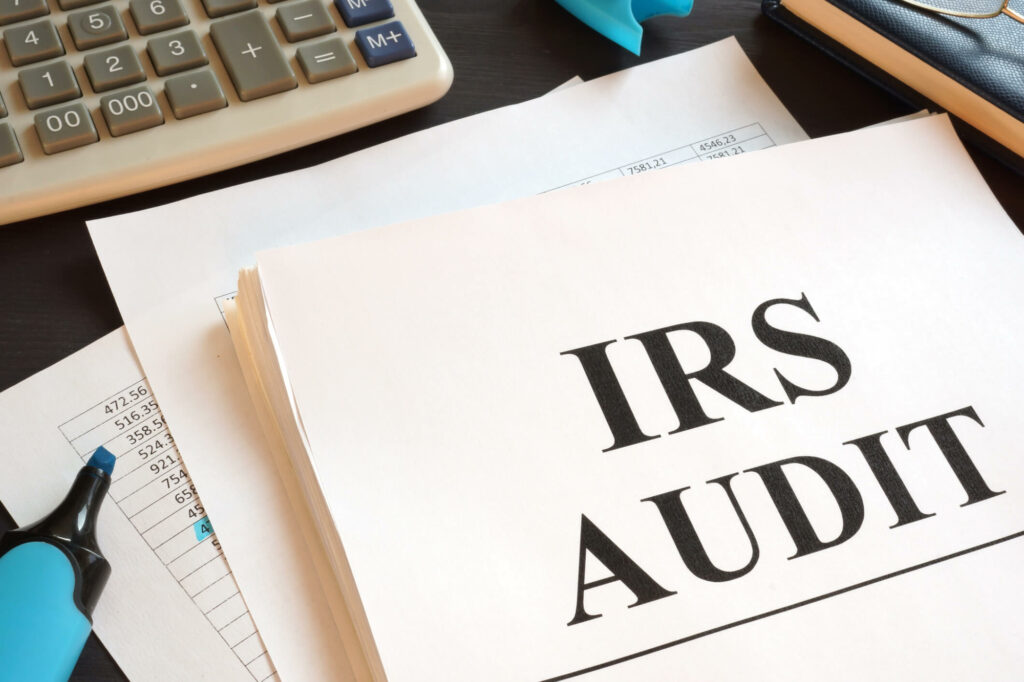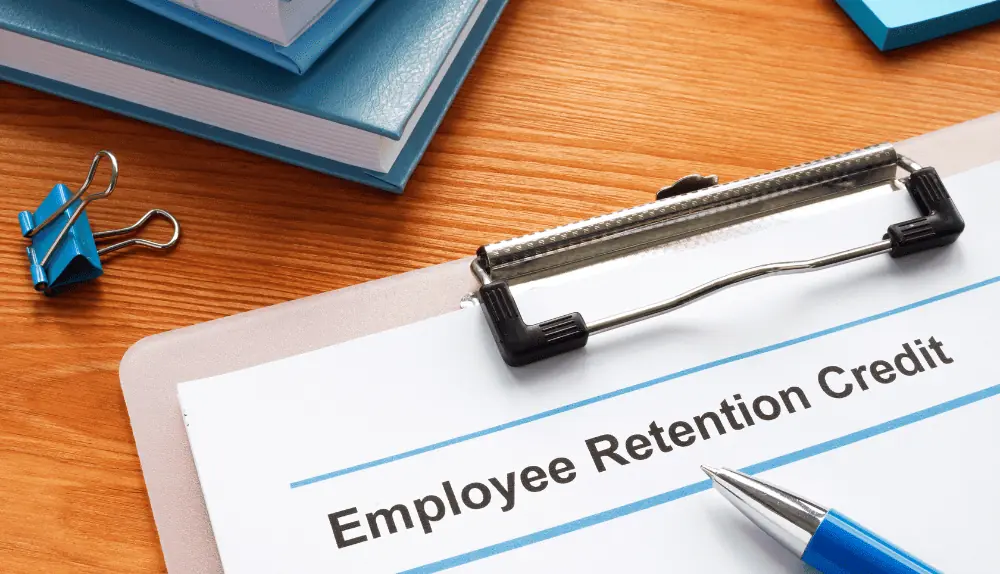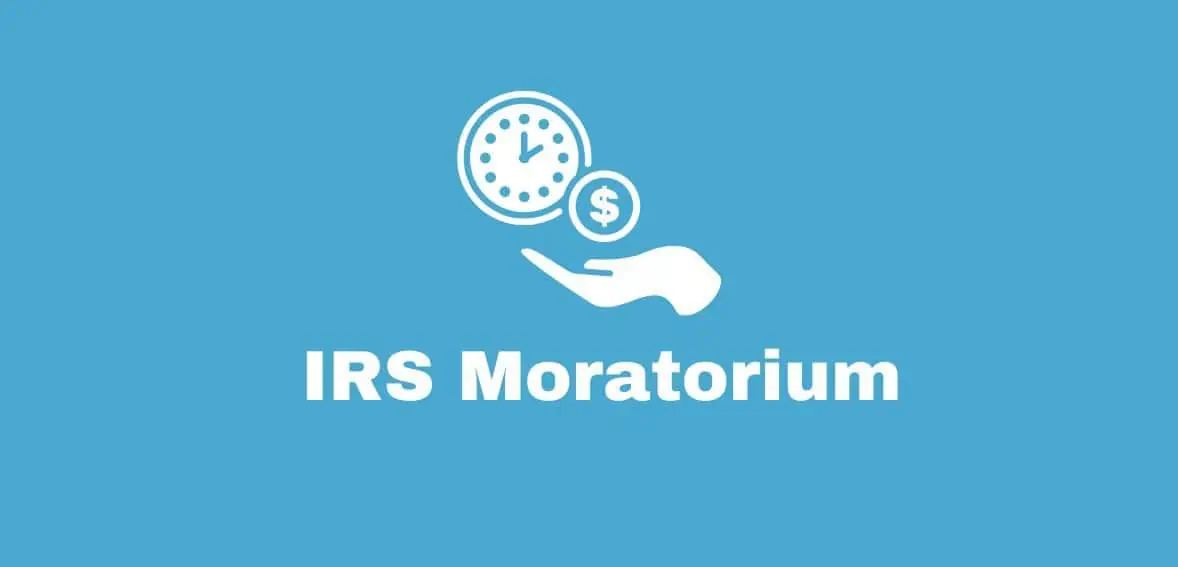The Employee Retention Credit (ERC) provided crucial support for businesses navigating the challenges of the COVID-19 pandemic and its aftermath. Refund claims for 2020 must be submitted by April 15, 2024, while claims for 2021 have a deadline of April 15, 2025. However, the future of this widely used yet problematic credit is still being determined amid the IRS moratorium on ERC, as it might expire earlier than initially scheduled due to a combination of fraudulent claims, limited IRS resources, and competing priorities for tax legislation funding.
Key Takeaways:
- Moratorium Background and Proactive Measures: The IRS moratorium on processing ERC claims, initiated on September 14, responds to rising concerns about fraudulent filings. This pause aims to safeguard funds allocated for COVID-19 economic relief. Businesses and taxpayers must navigate this pause, considering the significance of the ERC program in their relief strategy.
- Relief Measures for Businesses with ERC Claims: Businesses that submitted ERC claims before the moratorium will see continued processing but with heightened scrutiny. Delays in the processing pipeline and additional scrutiny may lead to prolonged waiting periods for ERC refunds. Accurate and well-documented records are crucial, focusing on key ERC eligibility criteria, categorization, PPP loans, and proper exclusion of owners and relatives.
- IRS Vigilance and Compliance Reviews: The IRS faces a backlog of over 1 million pending ERC claims, leading to a commitment to continued processing for claims submitted before September 14, 2023. Compliance reviews and potential changes in future procedures underscore the IRS’s commitment to enhancing ERC distribution accuracy and integrity. Taxpayers should anticipate evolving procedures and be prepared for potential audits.
- Withdrawal Options, Scrutiny, and Settlement Programs: The withdrawal program and ERC VDP allow businesses to rectify erroneous claims and ensure compliance. IRS vigilance includes scrutiny of claims with potential errors and fraud detection efforts. Businesses that identify inaccuracies in their claims, including those related to specific criteria, can proactively address discrepancies through the withdrawal option or participate in settlement programs, avoiding penalties and legal consequences.
Background On The IRS Moratorium

The IRS decided to stop processing ERC claims in response to growing worries about fraudulent files made under the program. This ban, which takes effect on September 14, is a component of a larger plan to protect the money set aside for COVID-19 economic aid. To maintain the integrity of the initiative, the IRS has been forced to take aggressive steps due to the appearance of individuals who appear to be dishonest and the use of deceptive techniques when submitting ERC claims; taxpayers and businesses requesting relief under the ERC program now must take into account several factors before submitting their claims.
As of October 19, 2023, the IRS had also introduced a withdrawal program. This program allows ineligible taxpayers who have not received or negotiated ERC-related refund checks to withdraw claims for refunds they are not entitled to. Furthermore, on December 21, 2023, the IRS launched the ERC Voluntary Disclosure Program (VDP). This initiative enables taxpayers who have deposited checks to voluntarily return 80% of the refund, protecting IRS audits, penalty assessments, or accruing interest.
Considerations For Businesses With ERC Claims

Businesses/organizations who have already submitted their ERC applications to the IRS feel slightly more at ease. The IRS also promised to keep processing the ERC claims submitted before the moratorium’s implementation (i.e. before 14th September). On the other hand, claims that are presently being processed will be examined more closely. There were frequent delays throughout the ERC process prior to the moratorium. Now that there is more monitoring, taxpayers waiting on ERC refunds should expect more delays. Additionally, claimers may get asked for further supporting paperwork to confirm the veracity of taxpayers’ claims.
This advanced scrutiny highlights the significance of keeping precise and comprehensively documented papers to verify your ERC application. Because the IRS closely examines each claim, all of the data provided in the application must be accurate and verifiable. And if you are reviewing your claim, consider the following key points:
- Review your ERC eligibility, focusing on your gross receipts calculation or partial shutdown due to government mandate criteria.
- Ensure that you were appropriately categorized as a small or large business employee.
- Confirm that you have correctly considered your PPP loan.
- Ensure that owners and relatives are appropriately excluded from the employee calculations.
- Recalculate and file an amended return if necessary.
Understanding The Moratorium – Processing Backlog, Compliance Reviews, And Future Procedures
The IRS is grappling with a backlog of over 1 million ERC claims which remains pending processing. To address this situation, the IRS has committed to continuing to process ERC claims submitted before September 14, 2023. It is essential to note that during the moratorium period, the issuance of refunds for these previously filed ERC claims will occur, but at a slower pace than before. This deceleration in the refund process is attributed to an extended review period by the IRS to ensure comprehensive compliance.
Furthermore, the IRS is set to undertake detailed compliance reviews for the ERC claims still awaiting issuance. Taxpayers who have filed for the ERC may be subject to additional scrutiny, as the IRS reserves the right to request supplementary documentation to validate the legitimacy of the claims. This approach aims to enhance the accuracy and integrity of the ERC distribution process.
Taxpayers must know that the IRS might introduce new procedures for future ERC claims. These adjustments are implemented to streamline the claims process and align with evolving regulations and guidelines.
For individuals who have filed for the but are still awaiting the corresponding refund, an important option is now available to you – the withdrawal option. This withdrawal process is designed to cater to those who, for various reasons, haven’t yet received their ERC refund.
Additionally, the IRS has identified a recurring issue involving businesses that incorrectly attribute ERC claims to supply chain challenges. Businesses invoking supply chain issues as grounds for an ERC claim when their circumstances rarely meet the eligibility criteria have drawn attention from the IRS. In response, the IRS emphasizes that eligibility for the ERC is contingent on specific criteria, and businesses should ensure that their claims align with the established guidelines.
In cases where a business has previously claimed the ERC and the IRS has not processed or paid the claim, there is an opportunity to rectify the situation. Even if the claim is already under or awaiting audit, businesses can withdraw it if they believe it was initially submitted improperly through VDP. This proactive approach allows businesses to address discrepancies and align their claims with the stipulated requirements.
IRS Vigilance: Scrutiny, Withdrawal Option, and the Upcoming Settlement Program for ERC Claims

Comprehensive compliance measures are in place to confirm the accuracy of all the claims. Expert auditors continually examine ERC claims with the greatest chance of error, and the criminal investigation department of the IRS is actively looking for cases of ERC scams and those who support false claims. Fraudulent cases may be reported for possible legal action. Even if businesses think their ERC claims are valid, they should be ready for any audits and investigations.
The withdrawal program is now at your disposal for ERC claims. If you’ve filed an ERC claim and now believe it was in error or wish to pursue it no longer, this provision enables taxpayers to withdraw their ERC claims still in the processing stage. Introducing this withdrawal option allows businesses to rectify any mistakes or reassess their eligibility for employee retention credit. It is a proactive measure, allowing businesses to ensure compliance with the program’s requirements.
To address businesses that have already received an ERC refund but later discovered inaccuracies in their claims, such as:
- Claiming ERC for the fourth quarter of 2021 when the business was operational before 15th February 2020 (as it’s exclusively for Recovery Startup that commenced after this date).
- If Form 941X is filed, discrepancies between the original Form 941 wages and ERC amounts could raise concerns.
- Similarly, filing Form 941X without a deduction for salaries/wages on the originally submitted ITR (applicable to NEC contractors or Form 1099MISC only) is a potential red flag.
- Claiming ERC for Q4 2021 with a three-year average gross receipt exceeding $1 million or basing the claim on general supply chain issues are also flagged.
- Moreover, if ERC amounts for any employee surpass $5,000 in 2020 or a threshold of $21,000 in 2021, it may attract scrutiny.
IRS has launched a VDP program, which allows businesses to voluntarily repay erroneous ERC claims, helping them avoid penalties and future compliance actions. These settlement programs are valuable opportunities for businesses to rectify errors in their ERC claims. They provide a second chance to ensure compliance with IRS guidelines, ultimately helping businesses avoid potential legal consequences.
What Should Businesses Do?
If you submitted your ERC claim early, before the release of any IRS guidance, or if an employer has any concerns regarding any ERC refund claims submitted, the first step is to engage with a tax professional and review it again. This professional can assess whether the claims should be withdrawn or if the funds should be returned through the VDP program.
But, if you’ve submitted an ERC claim and now find it in error or decide not to pursue it, the IRS is currently finalizing details for a special withdrawal option. This provision will enable taxpayers to withdraw their ERC claims, which are still pending processing.
Additionally, prompt action is crucial for employers who have not yet filed ERC refund claims but suspect they might qualify as eligible employers. These businesses should promptly evaluate their eligibility with a trusted tax professional. If deemed eligible, the employer should ensure that all tax returns containing qualified wages are filed via certified mail as soon as possible. This proactive approach can help you prevent potential additional financial consequences by addressing any errors that may exist.
Conclusion
Understanding the moratorium and its implications imposed by the IRS on the ERC requires careful thought and proactive steps. This moratorium, put in place due to concerns about filings, presents a series of challenges for businesses seeking relief. Dealing with backlogs in processing, compliance reviews, and potential procedure changes requires businesses to remain vigilant.
For those who have pending ERC claims, there is some relief in knowing that the IRS is committed to processing claims submitted before September 14, 2023. However, heightened scrutiny and longer review periods mean that you have to have some patience with the current backlog of over 1 million ERC applications. Businesses must maintain accurate records to ensure their ERC claims are legitimate. To rectify any claims and align with guidelines while avoiding consequences, businesses can withdraw their claim or participate in the VDP program.
Seeking assistance from tax professionals for reviews and taking action is crucial to avoid getting into any trouble. Staying well-informed and compliant remains crucial as the IRS continues to refine its approach to handling ERC claims.

